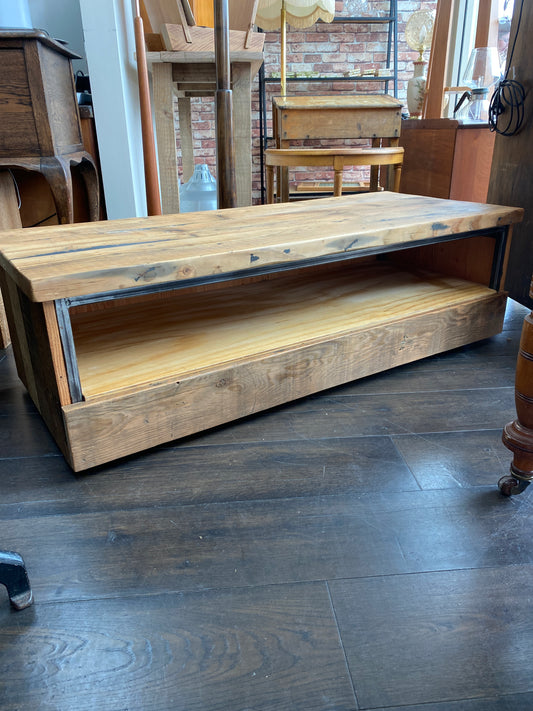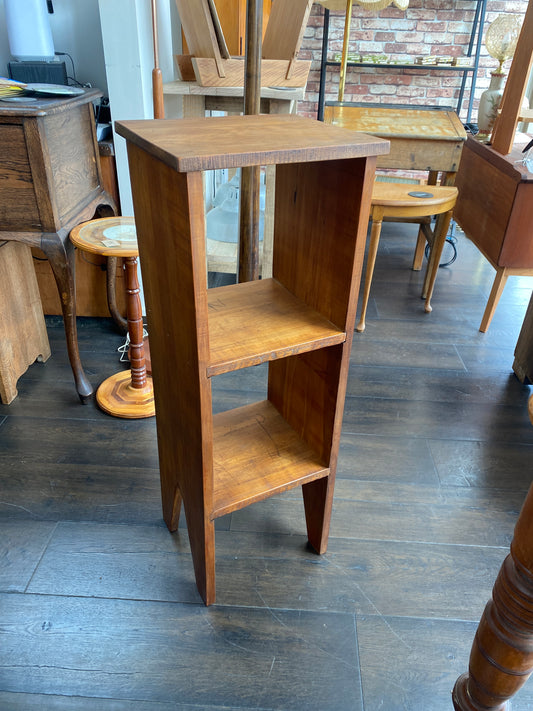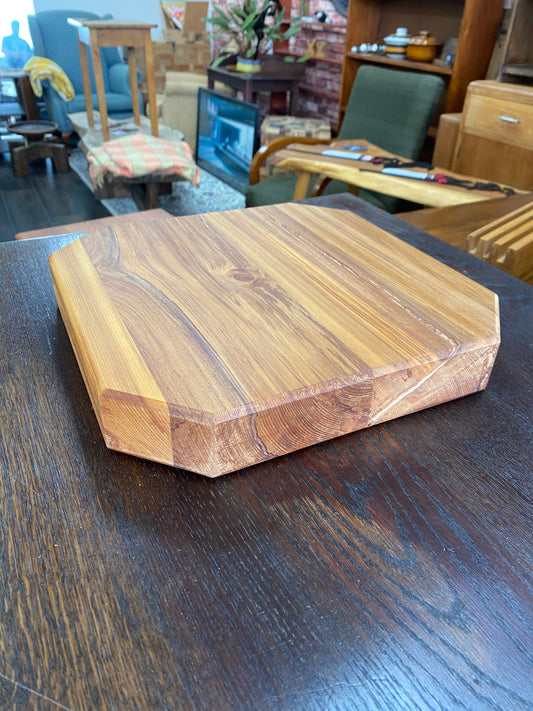1930s Furniture: Elegance Through Adversity
The 1930s presented a fascinating paradox in furniture design, where economic hardship and social uncertainty coincided with remarkable creativity and innovation.
This decade saw designers responding to the Great Depression with both practical solutions and escapist luxury, creating furniture that balanced functionality with the desire for beauty and comfort during challenging times.
Defining Styles of the 1930s
Streamline Moderne reached its zenith during the 1930s, evolving from the geometric rigidity of 1920s Art Deco into something more fluid and organic. This style embraced curved lines, horizontal emphasis, and forms inspired by aerodynamics and transportation design. Furniture pieces featured rounded edges, flowing silhouettes, and materials that suggested movement and progress.
Machine Age Modernism became increasingly sophisticated, with designers perfecting the integration of industrial materials and mass production techniques. This approach emphasised clean lines, functional efficiency, and the honest use of materials, reflecting the decade's growing appreciation for engineered solutions to design challenges.
Traditional Revival also gained prominence as people sought comfort and stability through familiar forms. Georgian, Regency, and Colonial styles were reinterpreted with modern manufacturing techniques, creating furniture that offered psychological comfort whilst incorporating contemporary conveniences.
Scandinavian Modern began to emerge as a distinct voice, emphasising natural materials, craftsmanship, and designs that celebrated both function and human comfort. This approach would prove influential in establishing the philosophical foundations of mid-century modern design.
Materials and Technological Advances
The 1930s witnessed remarkable innovation in materials and construction techniques.
Plywood technology advanced significantly, with designers like Alvar Aalto pioneering bent plywood techniques that created graceful, organic forms previously impossible to achieve. This material offered both aesthetic possibilities and economic advantages during a period when cost-effectiveness was paramount.
Tubular steel reached new levels of sophistication, with designers creating increasingly elegant and comfortable pieces. The material's strength allowed for cantilevered designs that seemed to defy gravity whilst providing excellent support and flexibility.
New synthetic materials continued to evolve, with improved plastics appearing in hardware, decorative elements, and eventually entire furniture components.
Formica and other laminates began to appear, offering durable, easy-to-clean surfaces that were ideal for modern kitchens and workspaces.
Traditional materials were used with new efficiency and creativity. Designers learned to maximise the visual impact of expensive woods through strategic veneering, whilst chrome plating became more affordable and widespread, allowing mass-produced furniture to achieve a luxury appearance.
Upholstery reflected both practical and aesthetic considerations, with durable fabrics designed to withstand heavy use whilst maintaining their appearance. Geometric patterns remained popular, but softer, more organic motifs began to appear, reflecting the decade's movement away from the rigid geometry of the 1920s.
Influential Designers and Makers
Alvar Aalto revolutionised furniture design with his innovative use of bent birch plywood, creating pieces that combined Scandinavian craftsmanship traditions with modern production methods. His designs demonstrated how furniture could be both deeply functional and emotionally satisfying.
Bruno Mathsson developed the Swedish Modern aesthetic, creating chairs and tables that celebrated natural materials and ergonomic comfort. His work established principles that would influence furniture design for decades to come.
Eileen Gray continued her pioneering work in modernist furniture, creating pieces that combined luxury materials with innovative construction techniques. Her designs demonstrated how modernist principles could be applied to create furniture of exceptional elegance and sophistication.
Gordon Russell emerged as a leading figure in British furniture design, establishing workshops that combined traditional craftsmanship with modern design principles. His work helped bridge the gap between handcraft traditions and industrial production.
Russel Wright in America created furniture that made modernist design accessible to middle-class consumers, demonstrating how contemporary design principles could be applied to mass-produced furniture without sacrificing quality or aesthetic appeal.
Key Features and Characteristics
Streamlined forms became increasingly prevalent, with furniture featuring smooth, flowing lines that suggested efficiency and modernity. These forms were often inspired by contemporary developments in transportation design, from ocean liners to aeroplanes.
Functional integration reached new levels of sophistication, with designers creating pieces that served multiple purposes or incorporated storage solutions. This approach reflected both space constraints in modern homes and the practical demands of economical living.
Material honesty became an important design principle, with the inherent qualities of materials being celebrated rather than disguised. Steel looked like steel, wood grain was emphasised rather than hidden, and the structural logic of pieces was often expressed through their visual design.
Ergonomic consideration gained importance as designers began to study human comfort and movement more scientifically. Chairs were designed to support the body properly, whilst tables and storage pieces were proportioned to human scale and use patterns.
Affordable luxury became a key concept, with designers finding ways to create beautiful, well-made furniture that could be produced economically. This often involved clever use of materials, efficient production methods, and designs that maximised visual impact whilst minimising cost.
The furniture of the 1930s demonstrated remarkable resilience and creativity, establishing design principles that would influence the development of modern furniture for generations.
This decade's emphasis on combining aesthetic beauty with practical functionality, achieved through innovative materials and production techniques, created a legacy that continues to inspire contemporary designers seeking to balance form, function, and accessibility in their work.
Plots & Pickles New Arrivals
-
Vintage School Writing Desk
Regular price $165.00 NZDRegular price -
Reclaimed NZ Oregon & Steel Coffee Table/Unit
Regular price $595.00 NZDRegular price -
Reclaimed NZ Rimu Arts & Crafts Style Bookcase/Plant Table
Regular price $285.00 NZDRegular price -
Reclaimed NZ Rimu Chopping Board
Regular price $75.00 NZDRegular price




